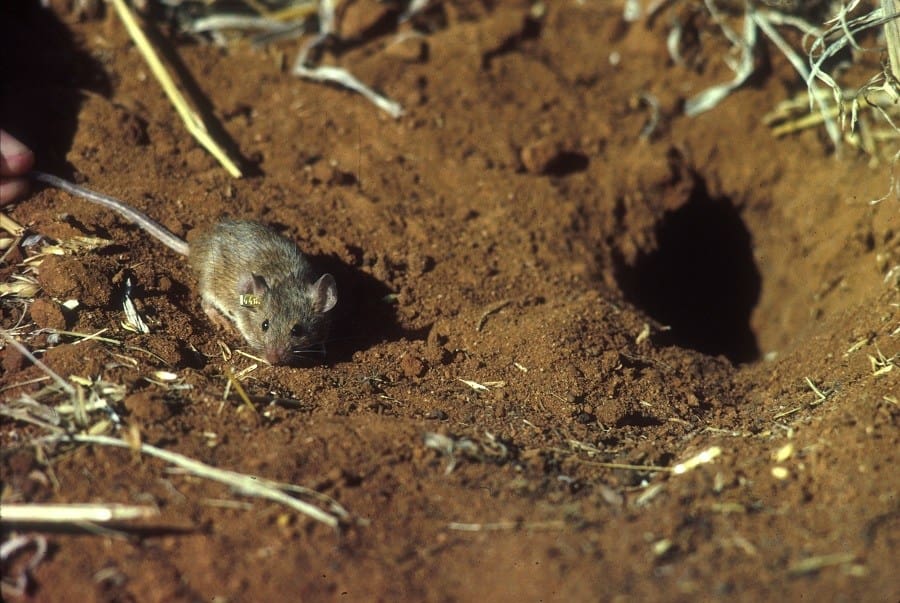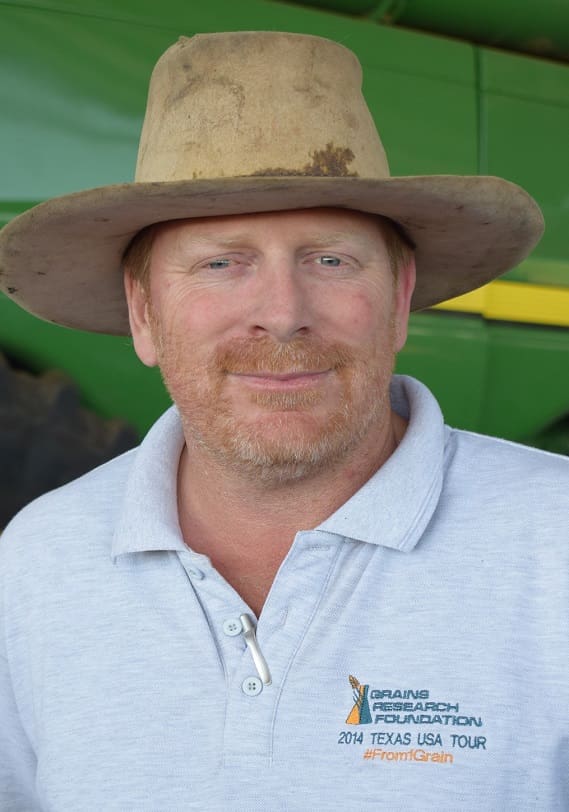
MOUSE numbers continue to rise in eastern farming areas despite calls by AgForce and CSIRO researcher Steve Henry to inspect for mice and bait during summer planting, risking serious damage to summer crops.
Queensland’s AgForce Grains president Brendan Taylor said the level of inaction within the cropping community could only be because most producers were currently unaware of the extent of the problem.
“In December, when we first encouraged AgForce’s member grain growers to bait for mice and inspect their paddocks, monitoring by the CSIRO estimated 100 to 200 active burrows per hectare at some locations,” Mr Taylor said.

Brendan Taylor
“Those numbers, while not exceedingly high, were already cause for concern because of the extent of the damage mice can inflict on crops in a relatively short period of time.
“But it seems few growers took notice because mice populations are continuing to multiply, and at a time when many are just getting back on their feet after drought.
“Several weeks later and we now need real, strong, immediate action before this situation gets out of hand.”
Mr Taylor said if growers don’t take steps – laying down baits, conducting visual inspections – the situation could end up with something approaching catastrophic.
“We’re all in this together, and it’s only by every single one of us working to control these pests on our own properties that we’ll reduce the extent of the damage and avoid the huge cost to industry, and to individual growers.”
Mr Henry echoed Mr Taylor’s concerns that the rise in mouse numbers in paddocks throughout Queensland could lead to significant damage to freshly sown summer crops, jeopardising, for some, their best harvest in years.
“With planting of summer crops still underway and some growers preparing for the next winter crop, growers cannot afford to be complacent,” Mr Henry said.
“The storms and showers we’ve had so far this summer, and the rain forecast still to come, provide the sort of conditions perfect for sustained breeding through into next autumn.”
Mr Henry said it was critical that famers monitored all of their cropping paddocks and were prepared to bait if mouse numbers were high.
“Rapidly increasing populations of mice can cause significant damage, not only to crops, but to infrastructure and expensive cropping machinery,” he said.
“That’s why, in addition to regular inspections of paddocks, good grain hygiene around silos and sheds is vital.
“If farmers think they will need to bait at sowing time, it’s important they talk to bait suppliers early so that they have bait on hand when it’s needed.”
Sources: AgForce, CSIRO
Information about control tips and options is available via the GRDC Mouse Control website: https://grdc.com.au/resources-and-publications/resources/mouse-control or contact AgForce (07) 3236 3100.

HAVE YOUR SAY